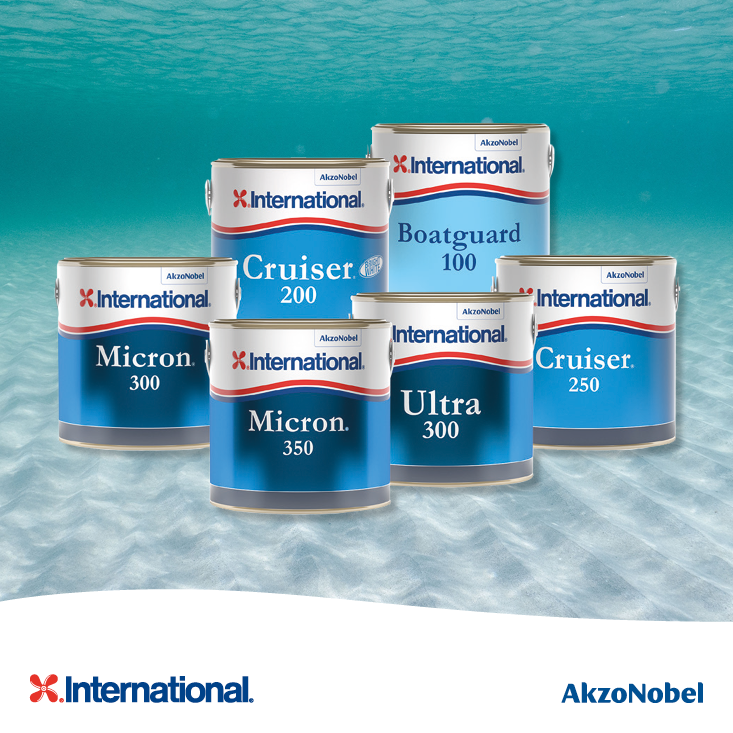In order to meet all the expectations of the users, there are currently different models of antifouling paint available. If you are a professional, you already know which antifouling paint is suitable for your boat. But if you are still a beginner, you will need advice on which antifouling paint is right for you
Choose according to the type of use of your boat
When buying your antifouling, it is important to consider a number of criteria to avoid unpleasant surprises. One of the most important factors is the type of use of your boat. Do you use your boat occasionally, regularly or daily? This is the basis for choosing your antifouling product.
If your boat is in constant contact with the water or if you do not have any storage on land, you should use hard matrices. Erodible matrices are ideal for boats that are wintered in the dry. Be aware that the friction of water on the hull will naturally reactivate the biocide layer.
Choose according to the speed and material of your boat
The speed of your boat is also considered a criterion not to be neglected. If you have a boat with a speed of less than 25 knots (a fairly slow boat), we recommend that you choose an antifouling with an erodible matrix. Hard matrix is for boats with speeds up to 40 knots. It is also important to choose your antifouling according to the material your boat is made of.
Be aware that hard, erodible matrices and non-stick are not suitable for aluminium substrates. The presence of lead in these paints prevents them from attaching to the hull. Moreover, aluminium reacts badly with copper. This will accentuate the appearance of corrosion on the hull of your boat. If you have a boat made from this material, it is best to choose an antifouling paint for aluminium hulls. You can find this type of paint in large specialist shops.
Choosing by colour
Some professionals choose their antifouling by colour. This product is available in different colours. When buying, you can choose between the following colours:
- Navy blue
- Royal blue
- Red
- Black
- White
- Grey
- Green
- Etc.
Many users opt for the darker colours. These are considered to be the most effective because they do not reflect light. This is what differentiates them from light-coloured paints. Light colours such as white are said to promote photosynthesis in algae. Furthermore, if you are used to sailing in medium to heavily fouled waters, it is better to use a sober coloured antifouling.






